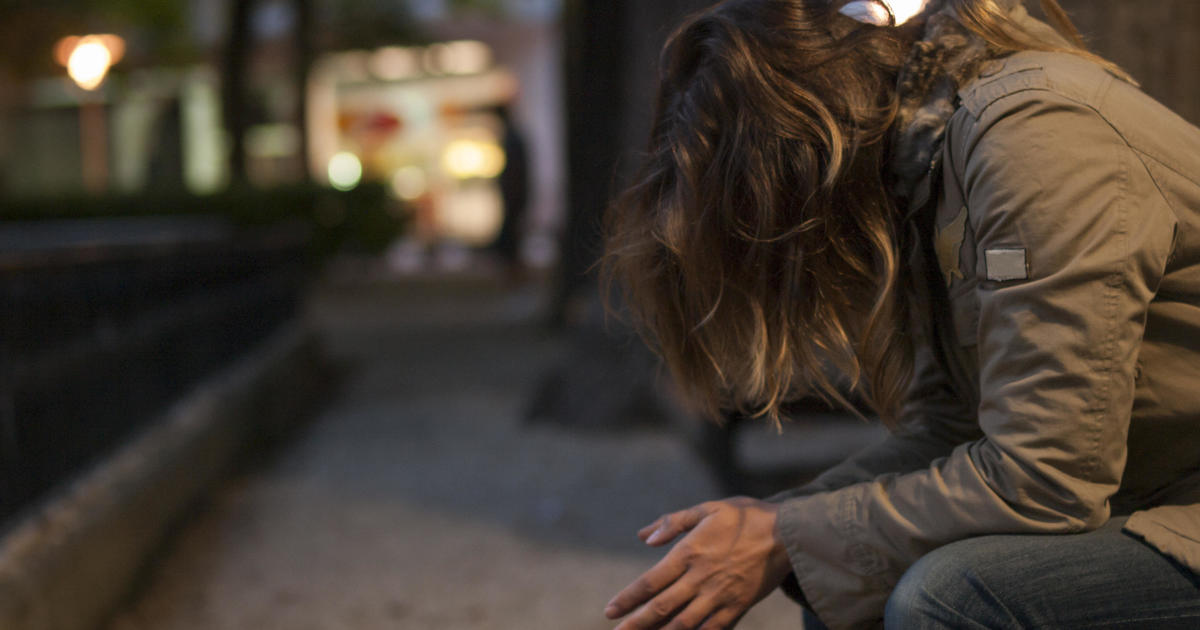Nearly 50,000 Americans died by suicide in 2022, the U.S. Centers for Disease Control and Prevention reported Thursday.
The number of suicide deaths was on a downward trend in 2019 and 2020, but it increased by 5% in 2021, and then further increased by 2.6% in 2022 to 49,449, the CDC found.
“Mental health has become the defining public health and societal challenge of our time,” said Surgeon General Dr. Vivek Murthy in a statement. “Far too many people and their families are suffering and feeling alone.”
“These numbers are a sobering reminder of how urgent it is that we further expand access to mental health care, address the root causes of mental health struggles, and recognize the importance of checking on and supporting one another,” Murthy added.
Adults 65 and older saw the largest increase in suicide deaths of any age group from 2021 to 2022, with an 8.1% rise to 10,433 deaths.
Children and young adults 10 to 24 saw the largest decrease over that time span of any age group, with a decline of 8.4%, to 6,529 suicide deaths, the CDC said. However, a CDC study published in June found that the suicide rate among that age group has trended upwards over the last two decades, rising 62% from 2007 to 2021.
Meanwhile, adults 24 to 44 saw the largest number of suicide deaths of any age group with 16,843. However, it marked an increase of just 0.7% over last year.
Most racial and ethnic groups saw an increase in suicide deaths, with Native Hawaiians and other Pacific Islanders seeing the largest jump at 15.9%.
The CDC found that those who identify as American Indian or Alaska Native saw the largest percentage decrease in suicide deaths of any racial or ethnic group, dropping 6.1% from last year.
Americans who identify as White saw the largest number of deaths by suicide with 37,459, an increase of 2.1% from 2021.
More men died by suicide than women, following a trend from 2021, but both men and women saw their suicide death numbers increase by 2.3% and 3.8% respectively.
“Nine in ten Americans believe America is facing a mental health crisis. The new suicide death data reported by CDC illustrates why,” Health and Human Services Secretary Xavier Becerra said in a statement. “One life lost to suicide is one too many. Yet, too many people still believe asking for help is a sign of weakness.”
Since 2000, with the exception of 2019 and 2020, suicide deaths in the U.S. have been steadily rising, CDC data shows, leading officials to urge for better mental health resources.
“The troubling increase in suicides requires immediate action across our society to address the staggering loss of life from tragedies that are preventable,” said Dr. Debra Houry, the CDC’s chief medical officer. “Everyone can play a role in efforts to save lives and reverse the rise in suicide deaths.”
If you or someone you know is in emotional distress or a suicidal crisis, you can reach the 988 Suicide & Crisis Lifeline by calling or texting 988. You can also chat with the 988 Suicide & Crisis Lifeline here.
For more information about mental health care resources and support, The National Alliance on Mental Illness (NAMI) HelpLine can be reached Monday through Friday, 10 a.m.–10 p.m. ET, at 1-800-950-NAMI (6264) or email info@nami.org.













